Search Images
Browse Content (p. 1364)
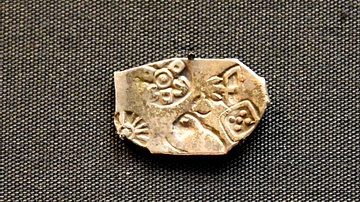
Image
Early Indian Punch-Marked Coin
Early Indian coins were made by cutting sheets of silver into pieces and marking each piece with one or more symbols using small punches. As there are no portraits or inscriptions, the coins are now known by numbers. This coin, for example...
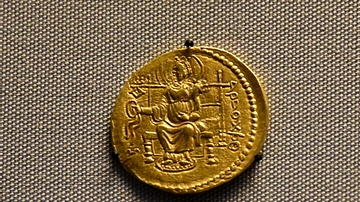
Image
Kushan Coin of Kanishka II
This Kushan coin depicts a goddess of prosperity seated on a throne; this goddess was known to the Kushans as Ardochsho. Almost all late Kushan coins used the design of a seated goddess, and the Kushan Emperors produced these coins in large...

Image
Silver Coin from Ancient Afghanistan
This silver coin was minted in Kabul, modern-day Afghanistan, about 500-450 BCE. (The British Museum, London).
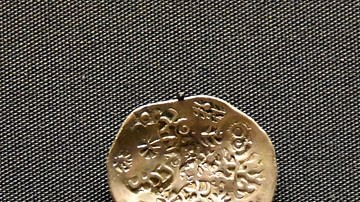
Image
Coin from Kashi
Coin from Kashi, modern-day Northern India, 500-400 BCE. When a coin was first issued, it would have the marks of the issuing authority. Money changers (shroffs) then marked coins to show they were acceptable. Sometimes a coin would be marked...

Image
White Tiger, Goguryeo Tomb Mural
A mural from a Goguryeo tomb depicting the mythical white tiger which represented the cardinal direction West. (likely 6th-7th century CE)
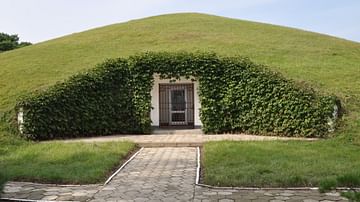
Image
Goguryeo Mound Tomb, Kangso
A burial mound tomb at Kangso of the ancient Goguryeo kingdom which ruled northern Korea between the 1st century BCE and 7th century CE.
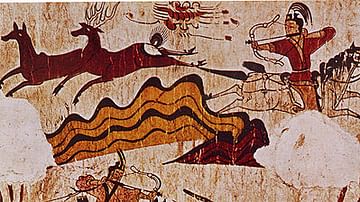
Image
Hunting Scene, Goguryeo Tomb Mural
A Goguryeo hunting scene mural from the 5th century CE Muyonchong or 'Tomb of the Dancers' at Gungnae (modern Tonggou), North Korea.
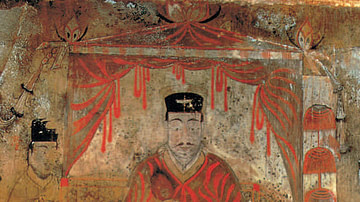
Image
Tong Shou, Goguryeo Tomb Mural
Mural from Tomb No. 3 at Anak, North Korea, 357 CE. The man is identified by an inscription in the tomb as Tong Shou, the last ruler of the Chinese commandery of Taebang.

Image
The Earliest Coins from Lydia
These are some of the earliest coins in the World. Made from electrum, a naturally occurring mixture of gold and silver, they were issued in Lydia. Although irregular in size and shape, these early coins were produced according to a strict...
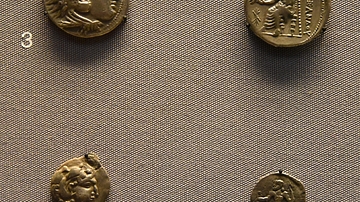
Image
Coins from Macedonia and Sogdia Copying Alexander's Coinage
The State of Sogdia was conquered by the army of Alexander the Great in 327 BCE. The early coins from Sogdia copy the coins of Alexander's Empire, telling us that they were issued after the conquest. Comparisons like this allow ancient coins...